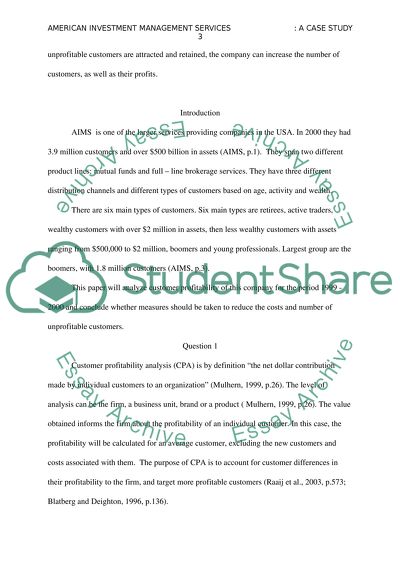Cite this document
(“Strategic decision making (Paper Subject) Assignment”, n.d.)
Strategic decision making (Paper Subject) Assignment. Retrieved from https://studentshare.org/marketing/1588815-strategic-decision-making-paper-subject
Strategic decision making (Paper Subject) Assignment. Retrieved from https://studentshare.org/marketing/1588815-strategic-decision-making-paper-subject
(Strategic Decision Making (Paper Subject) Assignment)
Strategic Decision Making (Paper Subject) Assignment. https://studentshare.org/marketing/1588815-strategic-decision-making-paper-subject.
Strategic Decision Making (Paper Subject) Assignment. https://studentshare.org/marketing/1588815-strategic-decision-making-paper-subject.
“Strategic Decision Making (Paper Subject) Assignment”, n.d. https://studentshare.org/marketing/1588815-strategic-decision-making-paper-subject.


